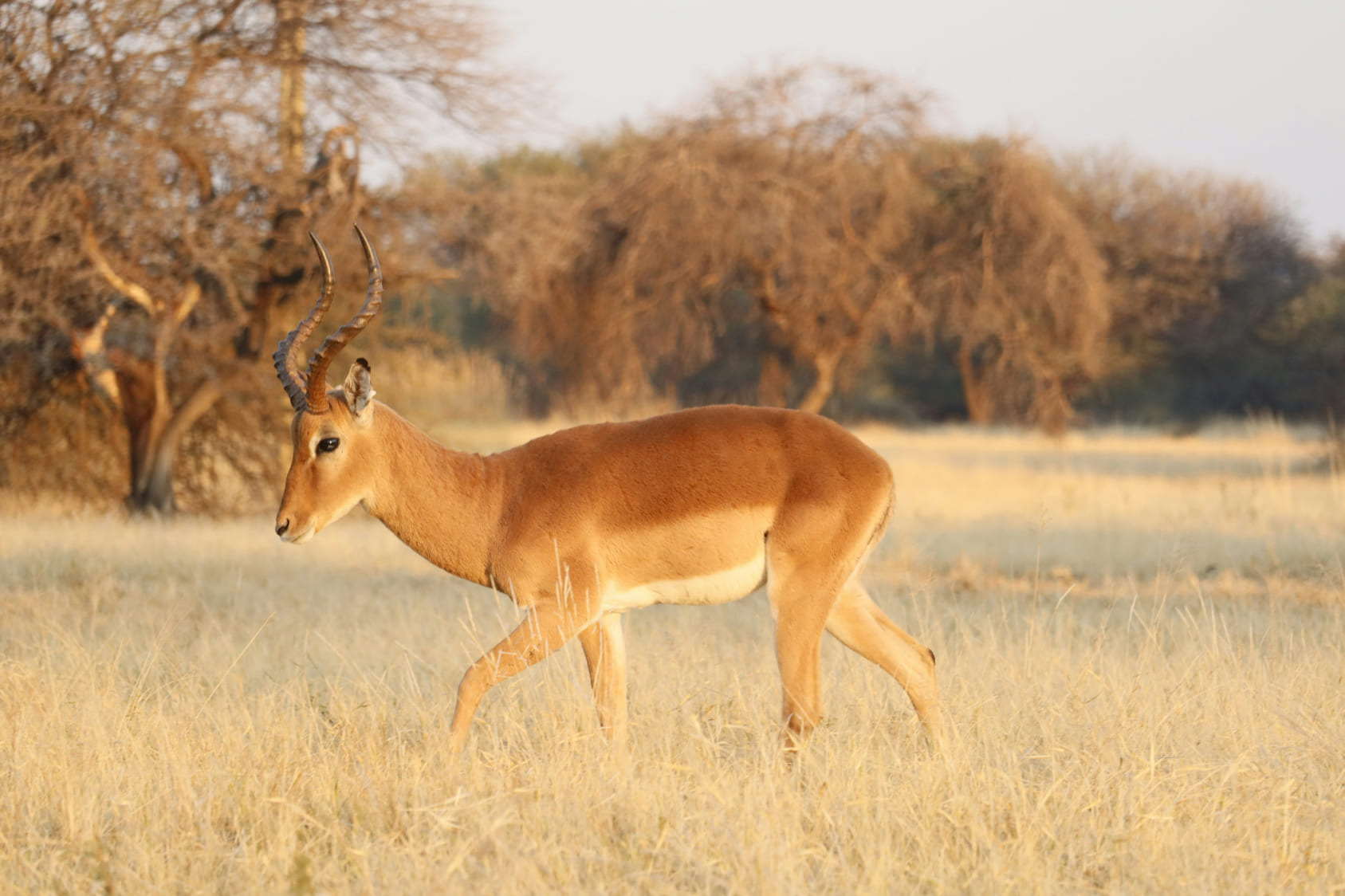The Impala: Graceful Antelope of the African Plains
The impala is a graceful, agile antelope known for its incredible jumping ability and swift reflexes. Native to the African plains and woodlands, the impala is a common sight on safaris and a key part of the African ecosystem, supporting the food web and coexisting with a variety of predators.
Life in the Herd
Impalas live in herds, providing safety in numbers. Males, known as rams, often form bachelor groups or defend small territories, attracting females to join them. Herd life is essential for survival, as it allows impalas to detect and evade predators quickly. Their keen senses and strong social bonds help them thrive in the wild.
Adaptations for Survival
Impalas are known for their agility and speed, which are vital for escaping predators like lions and cheetahs. They can leap up to 10 meters in a single bound, a behavior that confuses predators and allows them to evade capture. Impalas are also highly adaptable, capable of switching between grazing and browsing depending on the season.
Ecological Role
Impalas play a crucial role in the African ecosystem. As herbivores, they help manage plant growth, preventing overgrowth and promoting biodiversity. They are also an essential food source for many predators, making them a key link in the food chain.
Challenges and Conservation
While impalas are not currently endangered, they face threats from habitat loss and hunting. Conservation areas and protected reserves help ensure that impala populations remain stable, supporting the larger ecosystems they inhabit. Zoos contribute by educating visitors about these agile antelopes and the importance of maintaining healthy ecosystems.
The impala is a symbol of grace and resilience, embodying the spirit of the African plains. By understanding and protecting impalas, we help preserve the delicate balance of Africa’s ecosystems and celebrate the beauty of one of nature’s most agile creatures.
